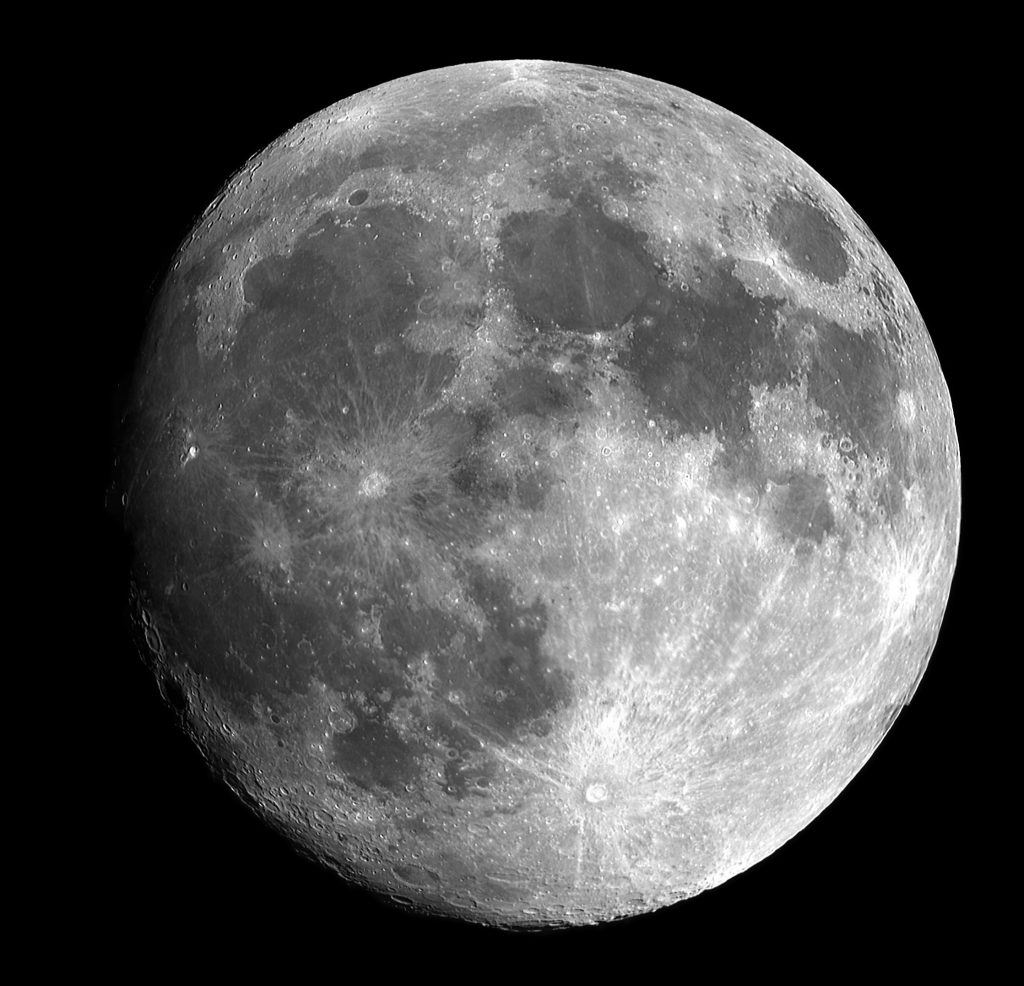Is the blue moon really blue?
A question that many of us asked ourselves during the 90 years this melancholic song has been present in our lives.
The 1934 hit “Blue Moon” is said to be written by Richard Rogers and Lorenz Hart, two of the greatest hitmakers of the century. At least when it comes to standards.
What is a standard, we will come to that in a moment, let us first see if the blue moon is really blue.
No, it is not.
A blue moon is a 13th moon of the year or the second moon of the month. Since the lunar month is shorter than the calendar month, every few years we get one extra moon.
The life of communities much depended on the moon and the sun, and was not really keen on surprises. And the blue moon was just that, so it got the name “traitor” or in old Anglo-Saxon “Belewe”.
Some speculate that the “Belewe” moon become the Blue moon over the years, and voila!
Table of Contents
WHAT IS A STANDARD
Once upon a time, songs were not attributed to performers but to composers. These songs would then be interpreted by different musicians, but it was never really their song.
For example, a significant number of famous swing standards are falsely attributed to Frank Sinatra, who never wrote songs, or “Blue Moon” to Billie Holliday. She has a fantastic interpretation, but it is not her song.
Standards are songs or compositions written by a handful of authors such as George Gershwin, Hoagy Carmichael, Cole Porter, or Irving Berlin. They were often part of a Broadway musical or Hollywood production of the 30s, 40s or 50s and belong to what is cold “The Great American Songbook.“
“My Funny Valentine”, “Summertime“, “Stormy weather”, “I’ve got a world on a string“, “Cheek to Cheek” , etc. have been reinterpreted and reused for different purposes throughout the century. They still make the obligatory base of any jazz performance.
THE LONG ROAD TO A BLUE MOON
Rogers and Hart were musical powerhouses in the 30s and 40s. The gave several significant contributions to the American Songbook, most notably “My funny Valentine” and “The lady is a tramp”. Rogers was the first-ever person to win an Emmy, Grammy, Oscar and a Tony, starting a very exclusive EGOT club. Together they wrote music for 26 musicals.
Safe to say, nobody ever doubted their opus or composing skills. That is, expect one New York family of Polish descent. But we will get to that.
The New York duo allegedly was not inspired by Hollywood. They were going through a creative dry spell when they were hired to write a song to the movie “Hollywood party” in 1932.
They wrote the song “Pray” with a Blue Moon melody, but the movie never got made. It was then used for another film but with different lyrics – “Manhattan Melodrama“.
Finally, the studio decided to release the song on its own, with a more romantic title. And hence, “Blue Moon” was released in 1934.
THE TRAITOR BLUE MOON
In the 2018 New York Times article Ms.Liz Roman Galese claimed that her father James Roman was the real author of the piece.
It was a family legend that her father never confirmed to her. But after his funeral in 1992, she started digging through the documents and found enough proof to support the theory.
The story goes, he was ice skating one night in 1930 or 1931 – about a year before MGM stated copyright over the song – when he saw a blue reflection of the moon on the ice, and he made a song.
He was 17 at the time and loved cars. He allegedly sold the song to Richards and Hart for 900 dollars and bought his first car.
The song earned 75 000 dollars from sheet music sale in the first year (yes, notes on a piece of paper). Later in life, he decided to sue MGM and Rogers and Hart. Still, the song was sufficiently altered by then (her uncle claimed that the quarter notes were turned to eight notes), for Roman to claim copyright.
ALL THE DIFFERENT BLUE MOONS
The song became one of the more popular standards of the century, familiar to all generations for almost 90 years.
This is probably due to many different popular interpretations starting with the swing version of Mel Torme.
The most notable jazz versions of the song were performed by two giants of jazz singers Billie Holiday and Ella Fitzgerald.
Elvis Presley´s rock n roll version was so popular that a lot of people probably think it is his song. It spent 17 weeks on the Billboard top 100.
The Marcels gave it a new 60s coat of paint, in the form of Doo Woop. The most fun version to the ballad.
WHO TO BELIEVE?
The runners of the authors’ estate, claim this theory is a bit far fetched. “Blue moon” took its sweet time becoming the “Blue moon”, and they have proof of the genesis.
But maybe a lesson we should learn from 2020, to give the benefit of the doubt to the little man, because the big man has all the resources to create a narrative that suits him.

